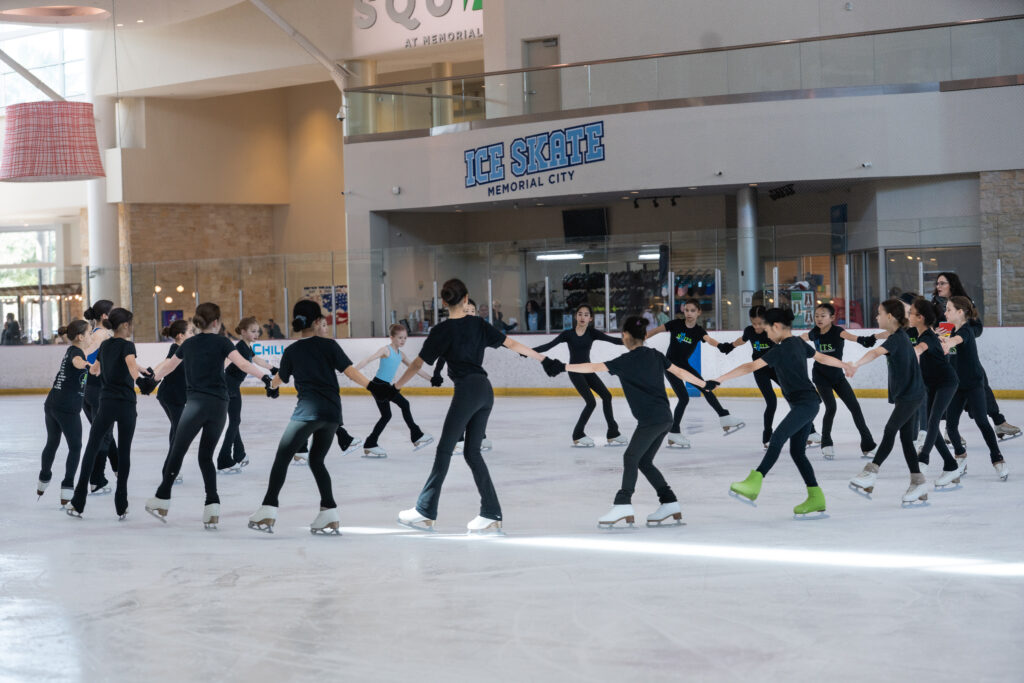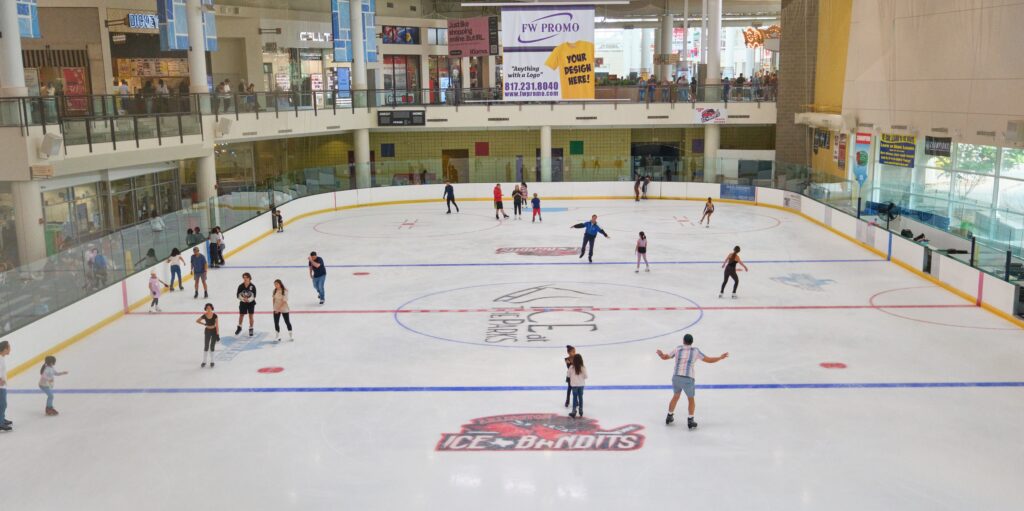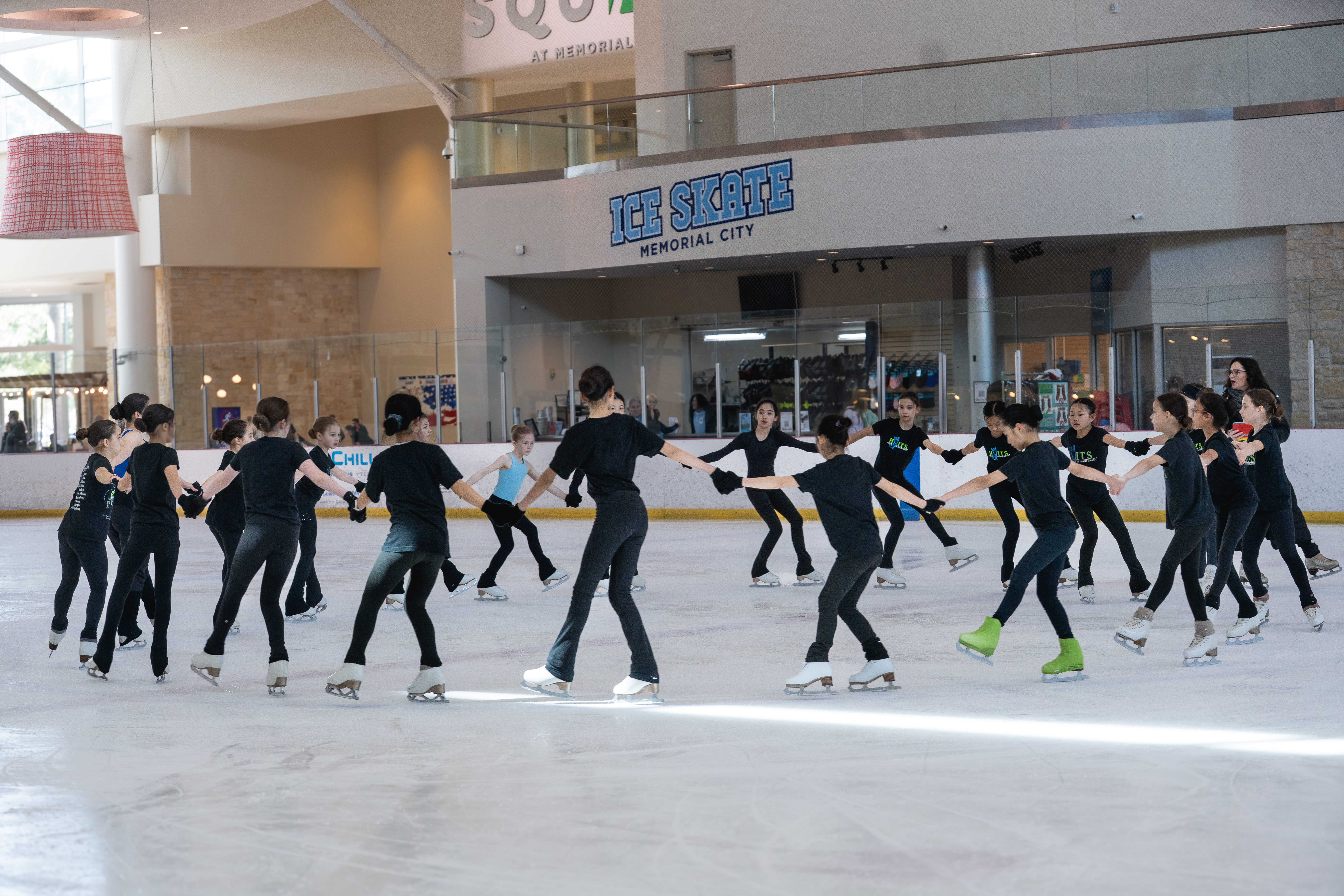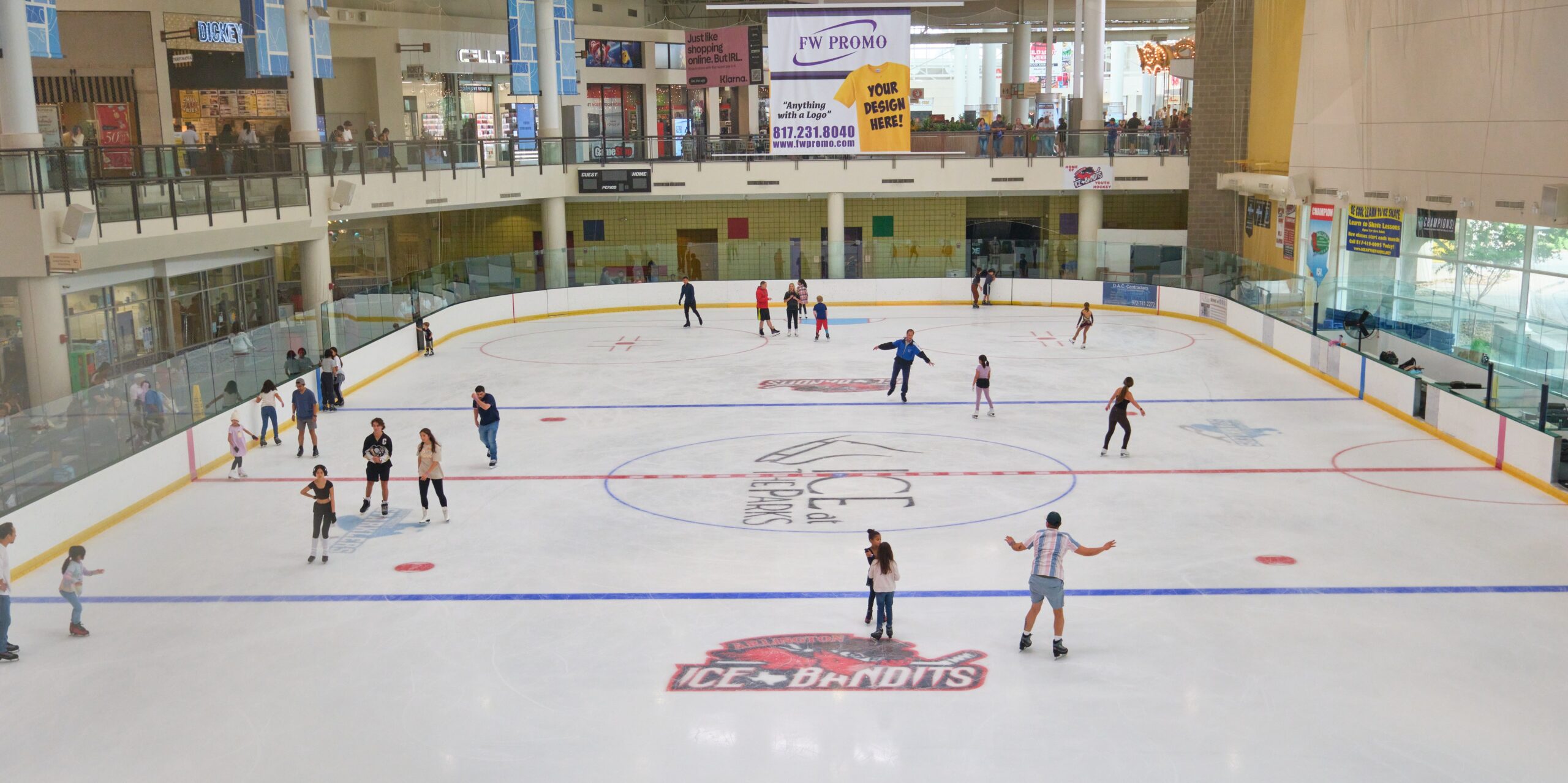Practical Steps Toward Long-Term Sustainability
by Ally Azzarelli
Operating an ice rink is no easy feat. Between high energy costs, staffing challenges, equipment maintenance, and programming demands, the financial pressure can be intense — especially for facilities in smaller markets or those transitioning from public to private ownership.
But as the ice sports industry evolves, so do the strategies for keeping rinks financially sustainable without compromising community impact.
We sat down with Kelly Kryukov, industry expert and senior vice president of Venue Management for Sports Facilities Companies’ Ice Division, to explore expert strategies that can help ice rink operators reduce operating costs, maximize profitability, and elevate the guest experience. a youth ice rink is about more than just keeping the ice cold. It’s about creating a vibrant, safe, and engaging hub for young athletes and families—a place that fosters skill development, community pride, and memorable experiences. Bringing in a professional ice rink management company can transform your rink’s operations, unlocking new levels of efficiency, profitability, and community impact. Here’s how expert management can elevate your youth ice rink.
Shift from Rentals to Internally Run Programs
One of the most impactful ways to improve financial sustainability is by rethinking how ice time is allocated. Many rinks rely heavily on rentals — youth hockey leagues, figure skating clubs, and private coaches — but this model often caps revenue potential and limits control over programming.
“Internally operated programs, such as learn-to-skate classes, public skating sessions, and in-house hockey leagues, offer a higher return on investment,” says Kelly. These programs enable rinks to set their own pricing, control scheduling, and foster brand loyalty.
While the transition from rentals to internal programming can be a bit risky, especially if existing renters resist change, the long-term benefits are substantial, explains Kelly. “For example, New Jersey’s Montclair State University’s rink, we faced the challenge of rebalancing ice time after the university acquired a privately operated facility,” Kelly adds. The goal was to increase student access while maintaining financial sustainability and preparing for long-term capital needs.
“This meant reducing rental ice availability, adjusting rates, and shifting the focus toward high-impact programming, such as camps and clinics. It wasn’t easy, but through deliberate planning over several years, we’ve helped them reach a more optimized and equitable schedule.”
Cost-saving impact:
· Higher margins from direct programming
· Greater scheduling flexibility
· Stronger community engagement and retention

Right-Size Your Pricing Based on Market Realities
Many rinks — especially those in northern regions — have historically operated under subsidized models, keeping rental rates artificially low. While this may have worked in the past, today’s economic landscape demands a more market-driven approach.
Private operators must cover operating costs, debt service, and capital reserves. “In major metropolitan areas like Los Angeles or New York, sustainable rental rates often exceed $400 per hour,” describes Kelly. “Smaller markets may not be able to support such pricing, but even modest increases can make a significant difference.”
The key is to analyze local demand, competitor pricing, and utilization patterns to inform strategic decisions. Prime-time hours, such as evenings and weekends, should be priced at a premium, while off-peak slots can be used for discounted programs or community partnerships, suggests Kelly. Transparent communication with guests about the rationale behind pricing changes can ease transitions and build trust.
Cost-saving impact:
· Improved revenue per hour
· Better alignment with operating costs
· Reduced reliance on subsidies or external funding
Leverage Seasonal Rinks for Strategic Activation
Seasonal rinks — temporary installations during winter months — can be a powerful tool for activating dormant spaces and generating revenue. However, their success depends heavily on market size, programming creativity, and operational efficiency.
In large cities, seasonal rinks often thrive due to high foot traffic and tourism. Smaller communities may not see the same financial return. However, they can still benefit from increased visibility and community engagement.
“The trick is to design activations that go beyond traditional skating,” she advises. “For example, Bryant Park Winter Village Ice Rink offers bumper cars on ice, which is a bit unique.” Additional activities, such as snowball fights, light shows, or winter villages with food vendors and holiday markets, can also help create excitement. Partnerships with ice rink management firms also help streamline logistics, from equipment rental to staffing support. While seasonal rinks require upfront investment, they can be a strategic way to test new markets, build brand awareness, and generate off-season income.
Cost-saving impact:
· Diversified revenue streams
· Enhanced brand exposure
· Efficient use of temporary infrastructure
Final Thoughts
Ice rinks are more than just frozen surfaces — they’re vibrant community hubs where sports and seasonal magic come to life. However, to keep them thriving, operators must adopt smarter strategies that foster financial sustainability and enhance the guest experience.
By shifting toward internally run programs, aligning pricing with market realities, and creatively leveraging seasonal opportunities, rinks can reduce operational costs while building a resilient future.
Whether you’re managing a university facility, a municipal rink, or a private operation, these tips offer a roadmap for long-term success. And as the industry continues to evolve, those who adapt will be best positioned to keep the ice — and the business — solid. Looking for an ice rink operating partner? SFC can help handle daily operations, programming, marketing, and more — while you maintain complete control of your rink.



